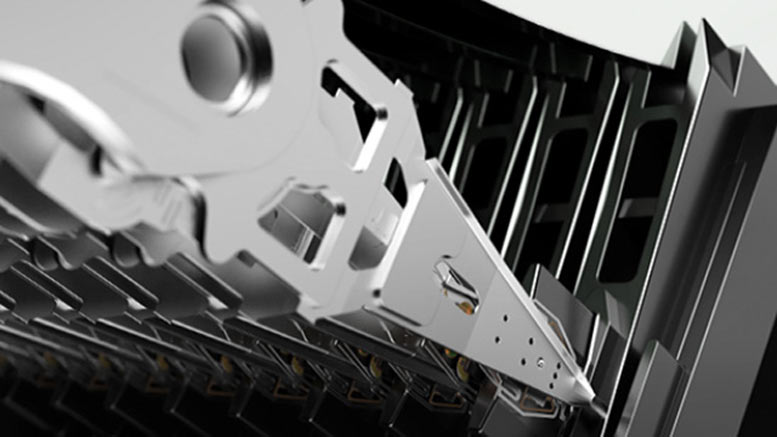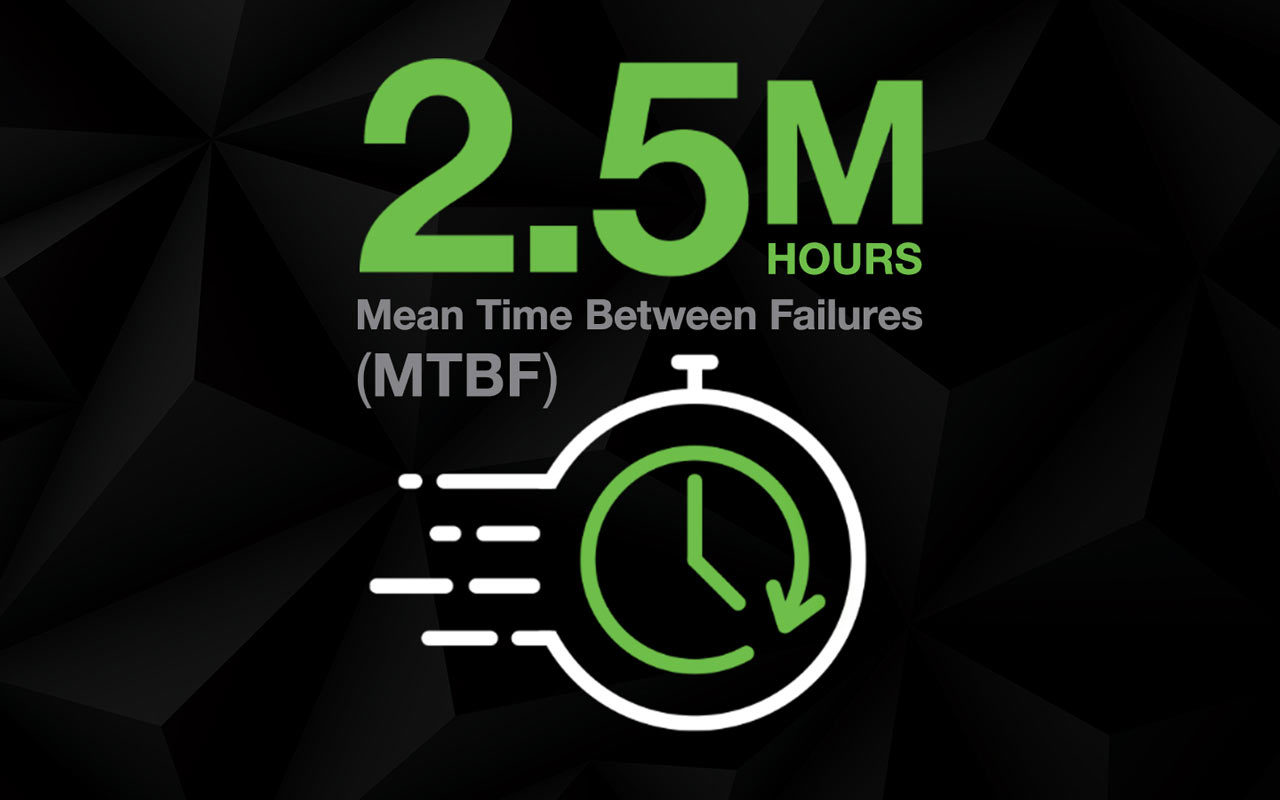After years of testing, Seagate claims its heat-assisted HAMR drives are as reliable as traditional PMR storage
Don't expect deep data, as Seagate only shared the headline claims.

Seagate has published a blog that seeks to "set the record straight" about the reliability of heat-assisted magnetic recording (HAMR) technology hard disks. The storage firm reckons too many people have misconceptions about the technology's readiness, quality, and reliability. Seagate's claims are very clear, and it underlines research that indicates HAMR hard drives have the same mean time between failure (MTBF) as modern perpendicular magnetic recording (PMR) hard drives. However, we would be happier with additional details about the precise nature of the tests completed rather than the condensed infographic-style data that was shared.
Storage giant Seagate has been marketing its HAMR technology under the Mosiac 3+
brand for a while now. The drives can offer more exabytes in less space with fewer racks for big boosts in TCO. Despite the benefits, Seagate seems to have been perturbed by "myths" about the technology's weaknesses, which the firm says has been "inadvertently magnified by industry chatter."
Several of Seagate's most advanced technologies are behind Mosiac 3+. The company says the drives use the "most complex nanoscale recording technologies and material science breakthroughs on the planet." Moreover, the advances have opened a path toward 50TB while maintaining "10 platters and 20 heads" in a 3.5-inch form factor.
Testing Mozaic 3+ since 2016
According to its new blog post about reliability, Seagate has been running simulated field usage tests on Mosiac 3+ drives since 2016. It mentions that it has “produced and tested over 500,000 Mozaic 3+ units” since they were introduced but misses out on key information regarding the proportion tested. “In the last two years, the result has been a 50% increase in reliability,” asserts Seagate, “the same level as conventional PMR hard drives.”

The rated MTBF of Seagate Mozaic 3+ (HAMR) hard drives is claimed to be 2.5 million hours. This matches the rating of Seagate Exos (PMR) enterprise hard drives. Other interesting stats that Seagate spills are that Mozaic 3+ read/write heads can reliably transfer data for more than 6,000 hours (3.2 petabytes data transfer).
While it is good to hear that HAMR can keep up with PMR by some important common industry metrics, it can do better sometimes. According to Seagate, field tests of Mozaic 3+ drives have demonstrated they are suitable for over seven years of head life. That result is better than the touted expectation of a modern PMR drive lasting around four to five years.
So, if the above reliability stats are erm… reliable, Seagate and its customers should be happy with a successful technology transition, delivering reliability benefits and improved TCO while opening up a roadmap to 3.5-inch HDD capacities up to 50TB. We'd like to see Seagate's actual test results made available and tabulated and we will watch out for wider (probably third-party) studies to confirm or refute Seagate's blog.
Get Tom's Hardware's best news and in-depth reviews, straight to your inbox.

Mark Tyson is a news editor at Tom's Hardware. He enjoys covering the full breadth of PC tech; from business and semiconductor design to products approaching the edge of reason.
-
jp7189 I'd be more interested in unrecoverable bit error rate. I'm sure the motors and actuators are just as reliable as PMR, but is 6000 hours for a head really that good? That's less than a year of continous use.Reply
Has Backblaze published anything for these drives yet? -
CmdrShepard Foxes have investigated their new hen preserving technology and found that it is as reliable as guard dogs farmers used previously.Reply -
Mr5oh Do they mean actually reliable? Or as reliable as any other Seagate hard drive? There is a difference.Reply